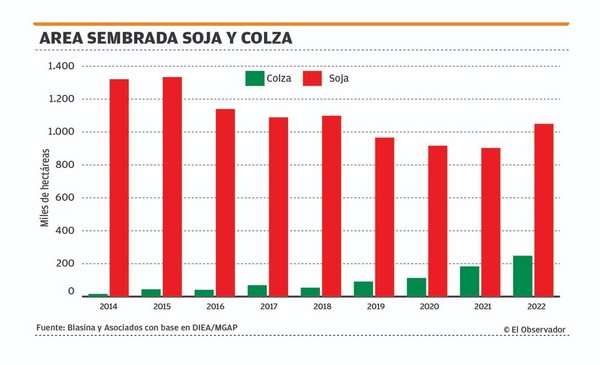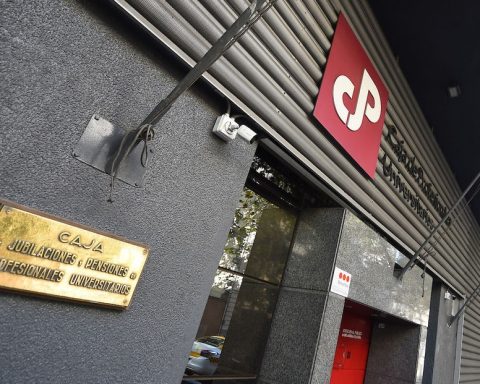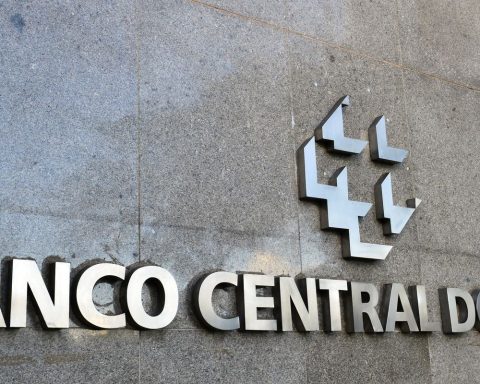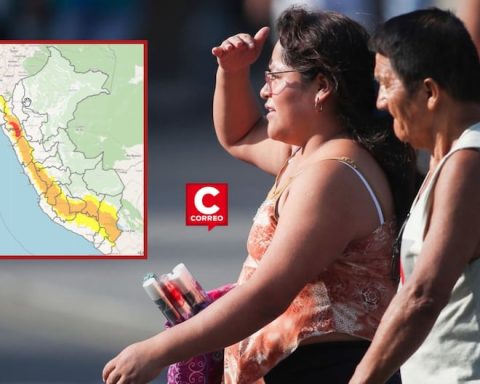The grain market continues with extreme volatility. Look at the progress of the war and the drought in Mercosur, alternately. And that is why he is still in the middle of that unstable scenario.
The expectations placed on the meeting of foreign ministers on Thursday led to strong declines on Tuesday and Wednesday. Given that with prices very high, any sign of a serious negotiation that would restore trade in Black Sea wheat, corn and sunflowers would ease prices. But the negotiations did not yield any results and so prices rebounded on Thursday.
It is possible that another bullish wave is beginning, because the soybean harvest in Brazil, Argentina and Paraguay continues to shrink.
After the report of the United States Department of Agriculture (USDA) on Wednesday, which already scheduled very strong cuts for the usual parameters of the organism, the Rosario Stock Exchange joined on Thursday, accentuating the drop in the projected harvest of both soybeans and corn. : from 40.50 to 40 million tons its forecast for the soybean harvest and from 48 to 47.70 million tons for corn production, both below the 43.50 million and 53 million estimated by the USDA.
The most important is in Brazil, where the USDA made a big cut from 134 to 127 million tons of soybeans. The American operators, aware of the gradualness that the USDA has as a criterion, expected a projection of 129 million, while Brazilian consultants already speak of 122 to 123 million tons.
While the drought hits the region, in our country the rains continue in almost the entire territoryweek after week, consolidating an expectation of high yields, perhaps a record for some farms.
EO
This week the prices for Nueva Palmira soybeans consolidated around US$650 per ton and that of rapeseed reached US$700 for the first time.although it later fell back to US$690. The lack of oil in the world is pressing, as is that of wheat, where several countries (Turkey, Serbia and of course Ukraine) have closed exports to ensure domestic supply.
While, In the east, rice also goes with prices in a gradual rise, and the farms towards the very high productivity to which the rice farmers have accustomed us..
In Brazil this week the bag of rice reached US$15 from US$10 at the end of last year.
Uruguay is two weeks away from starting a historic harvest, which will consolidate the contrast between the horrors of the world and a Uruguayan agriculture that adds to a strength that comes from afar a situation that accelerates investment.

john samuel
The silos are getting ready to start receiving the 2022 soybean harvest.
















